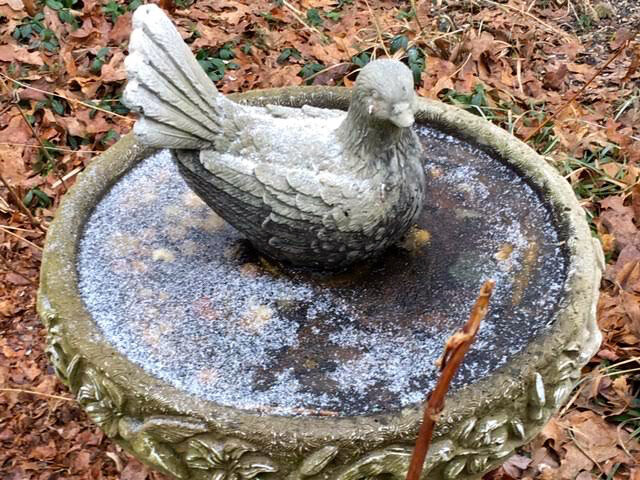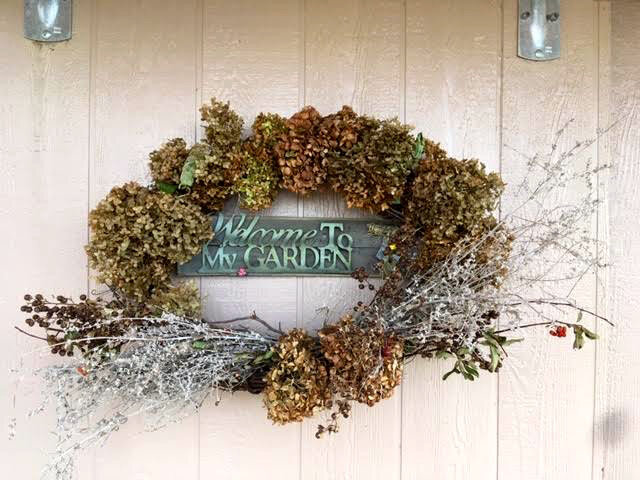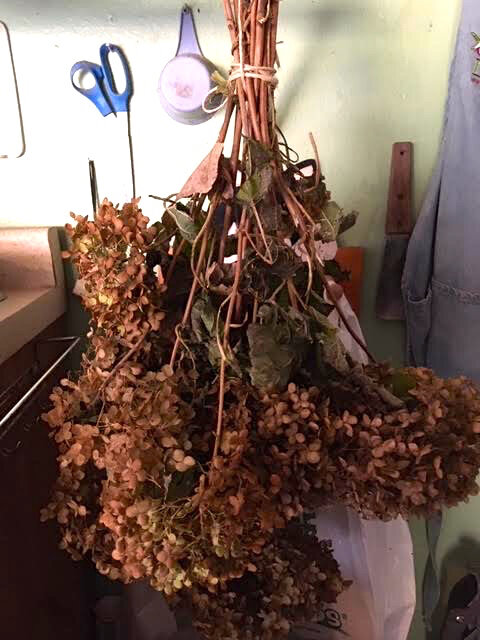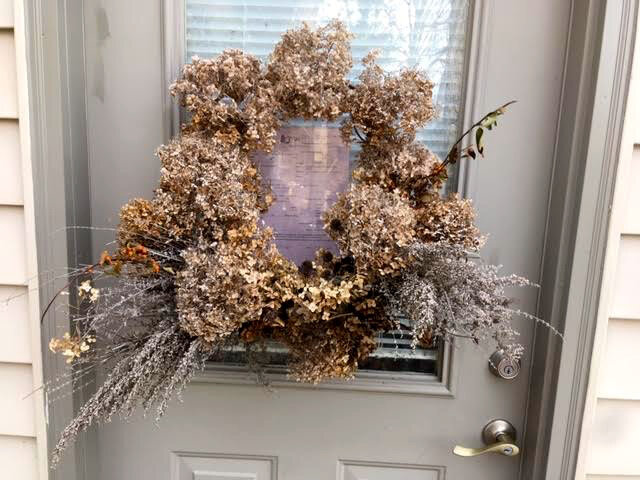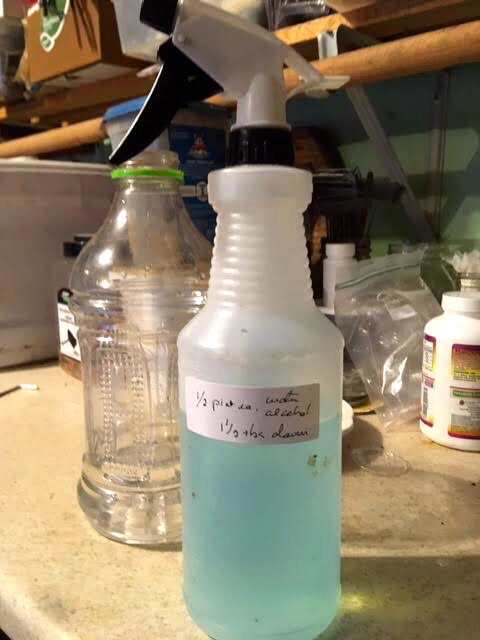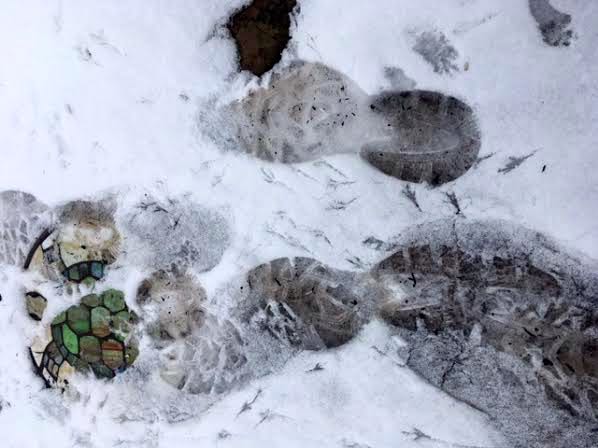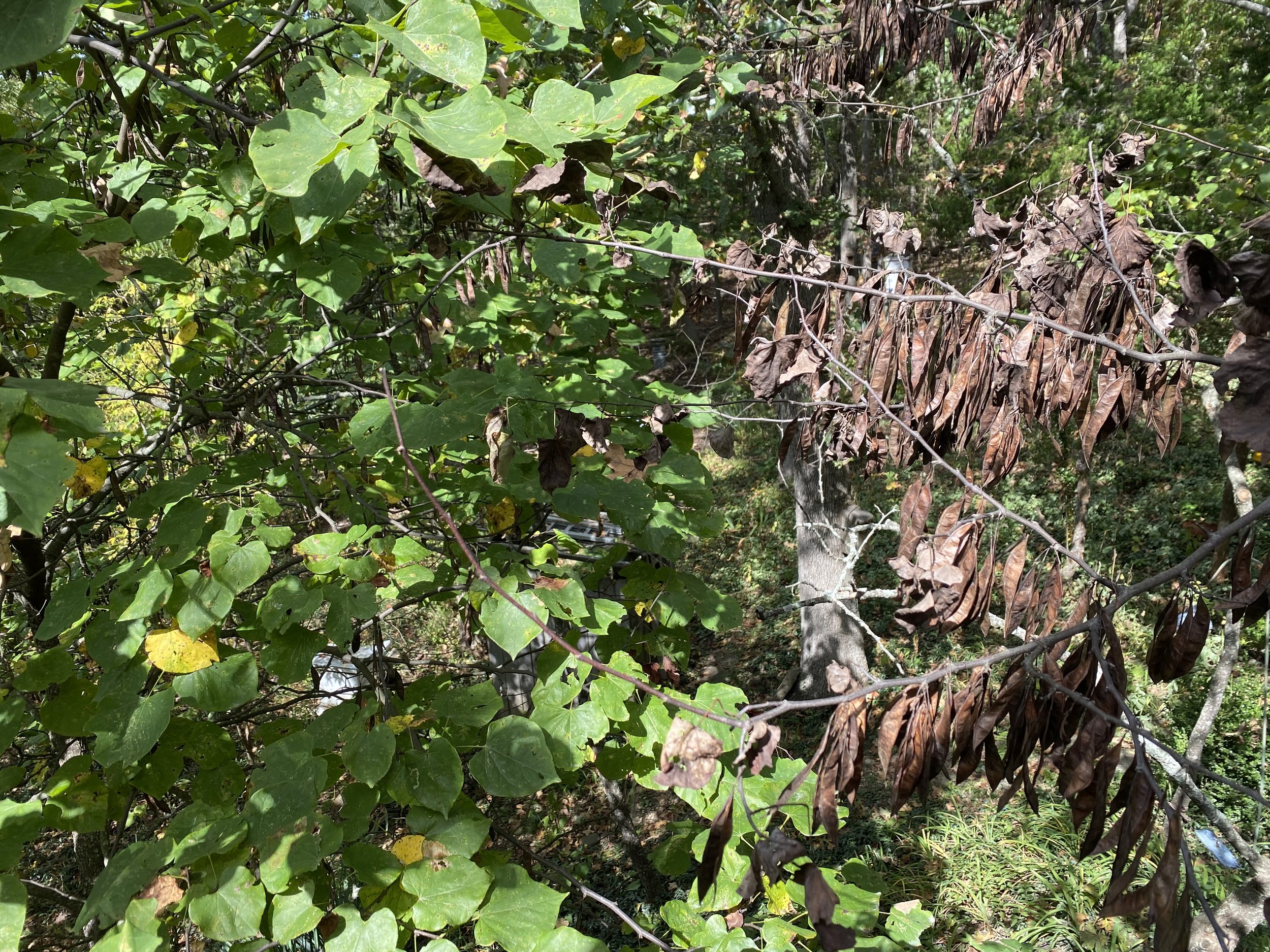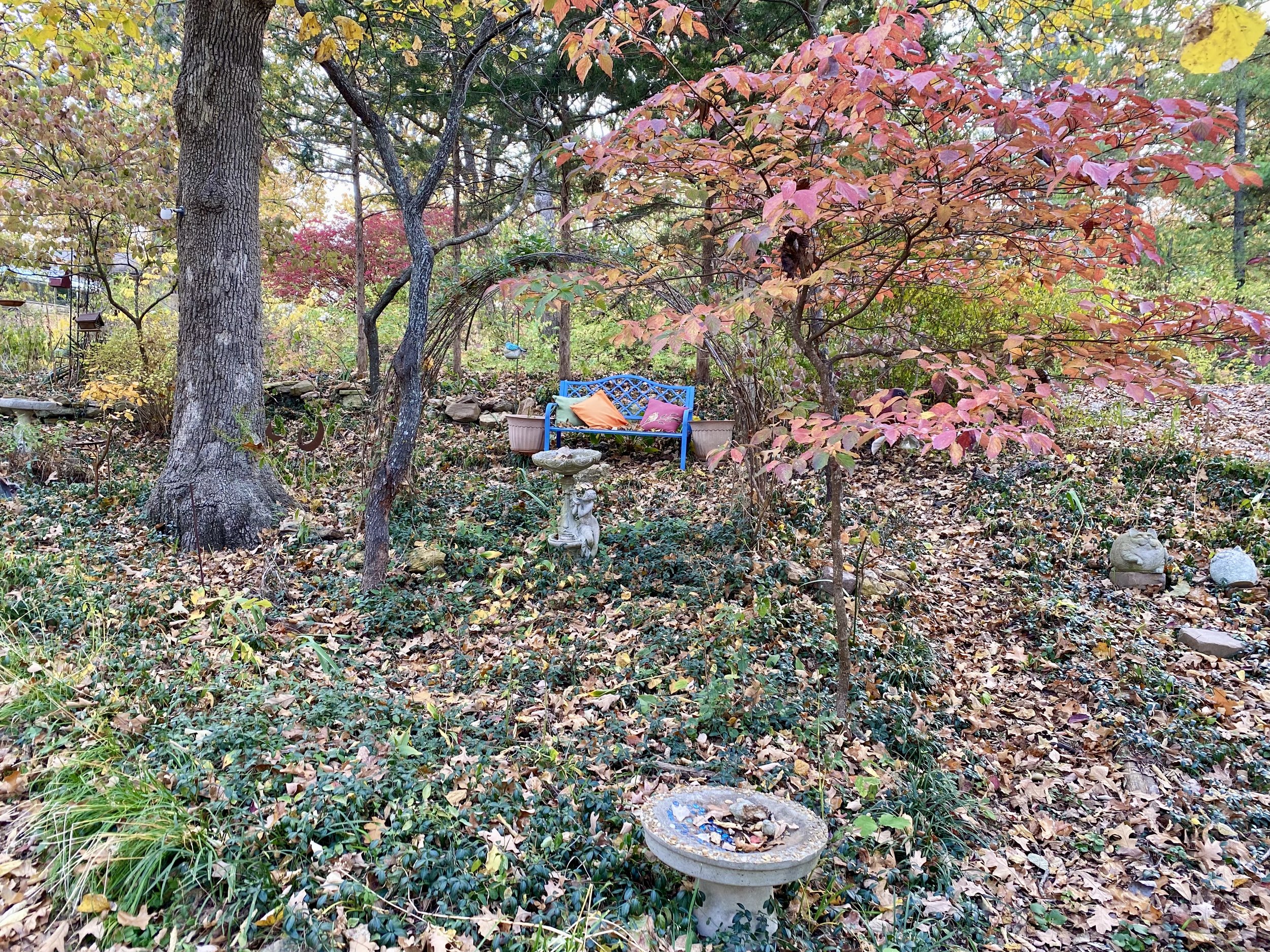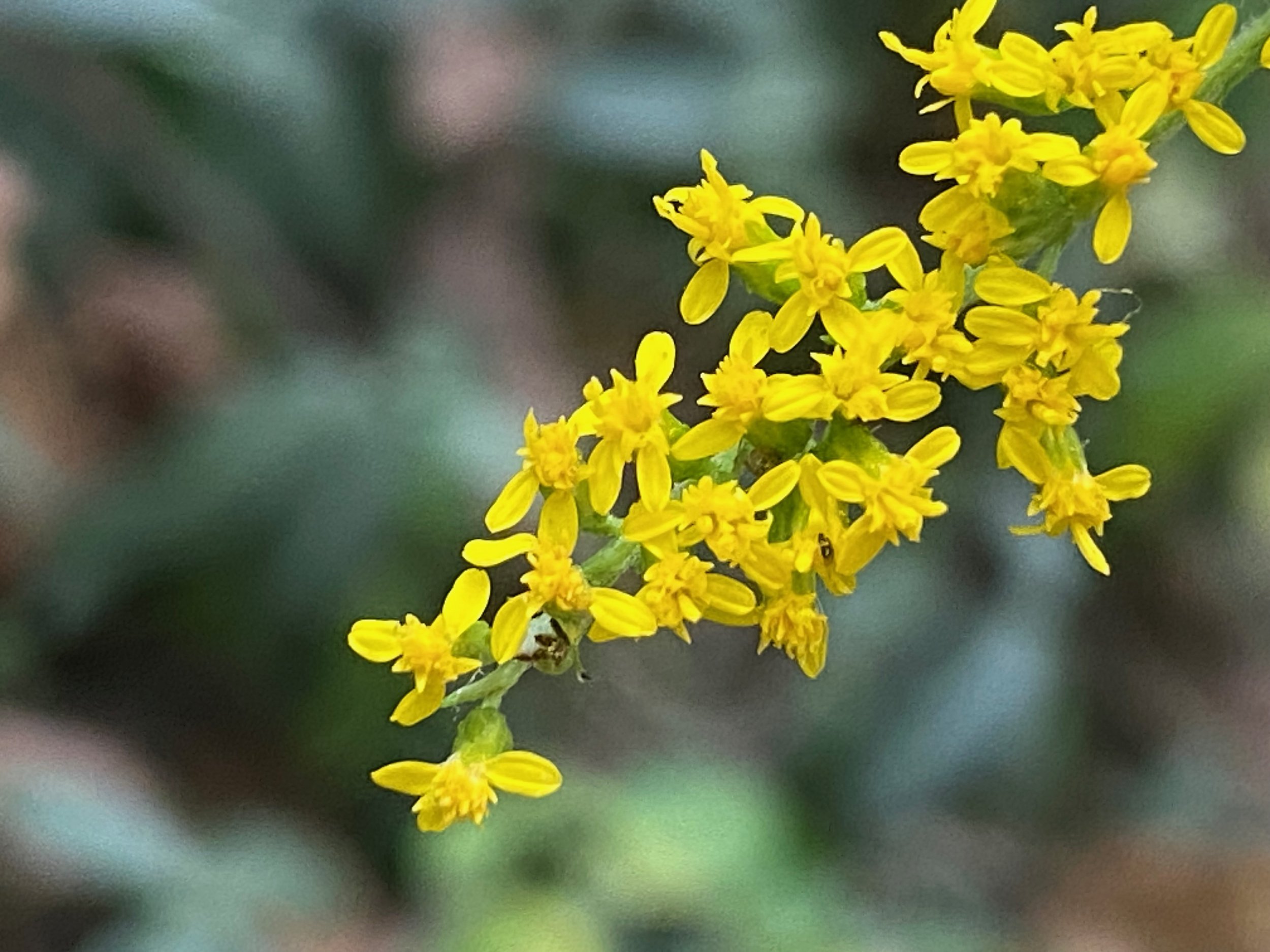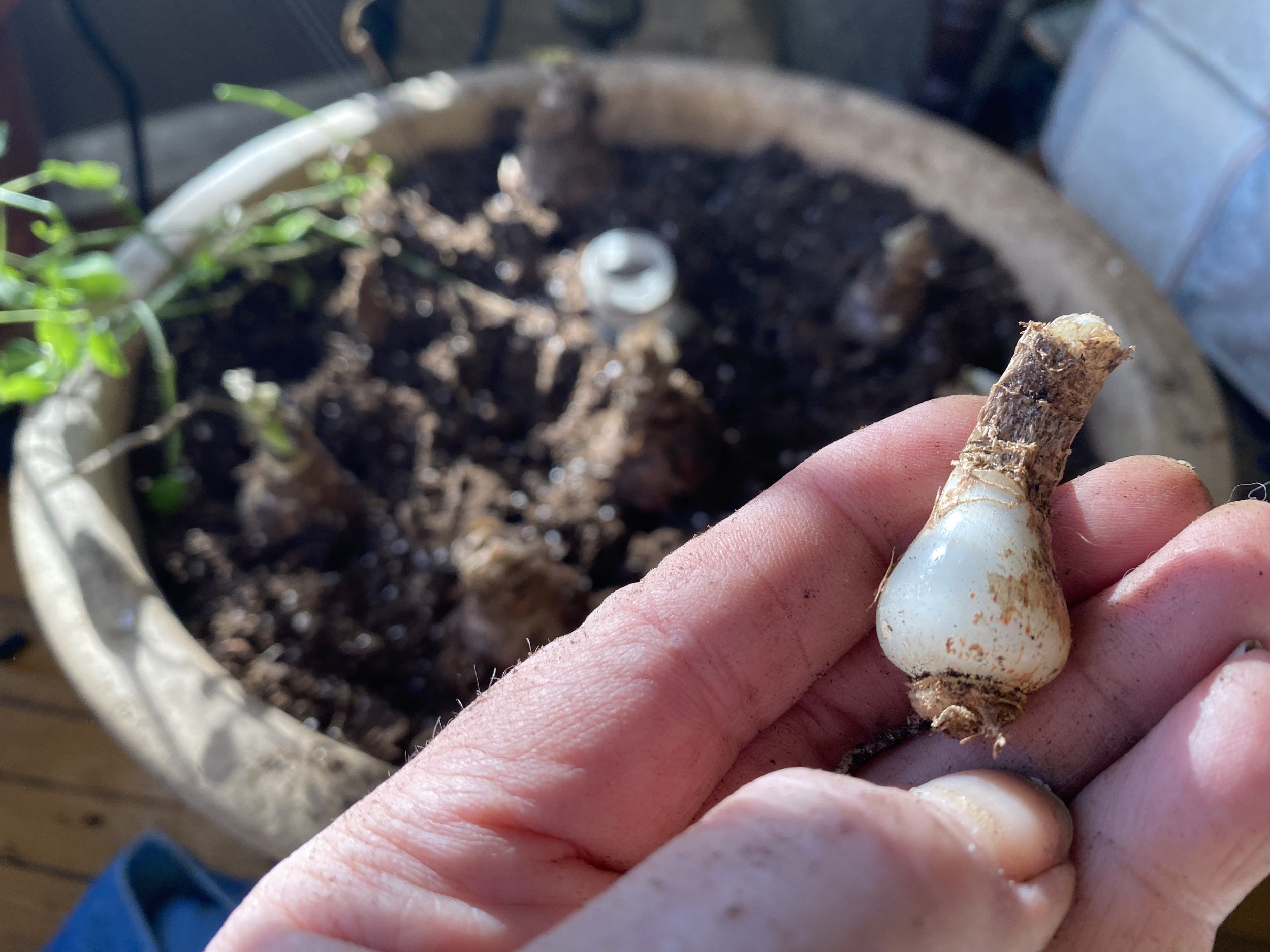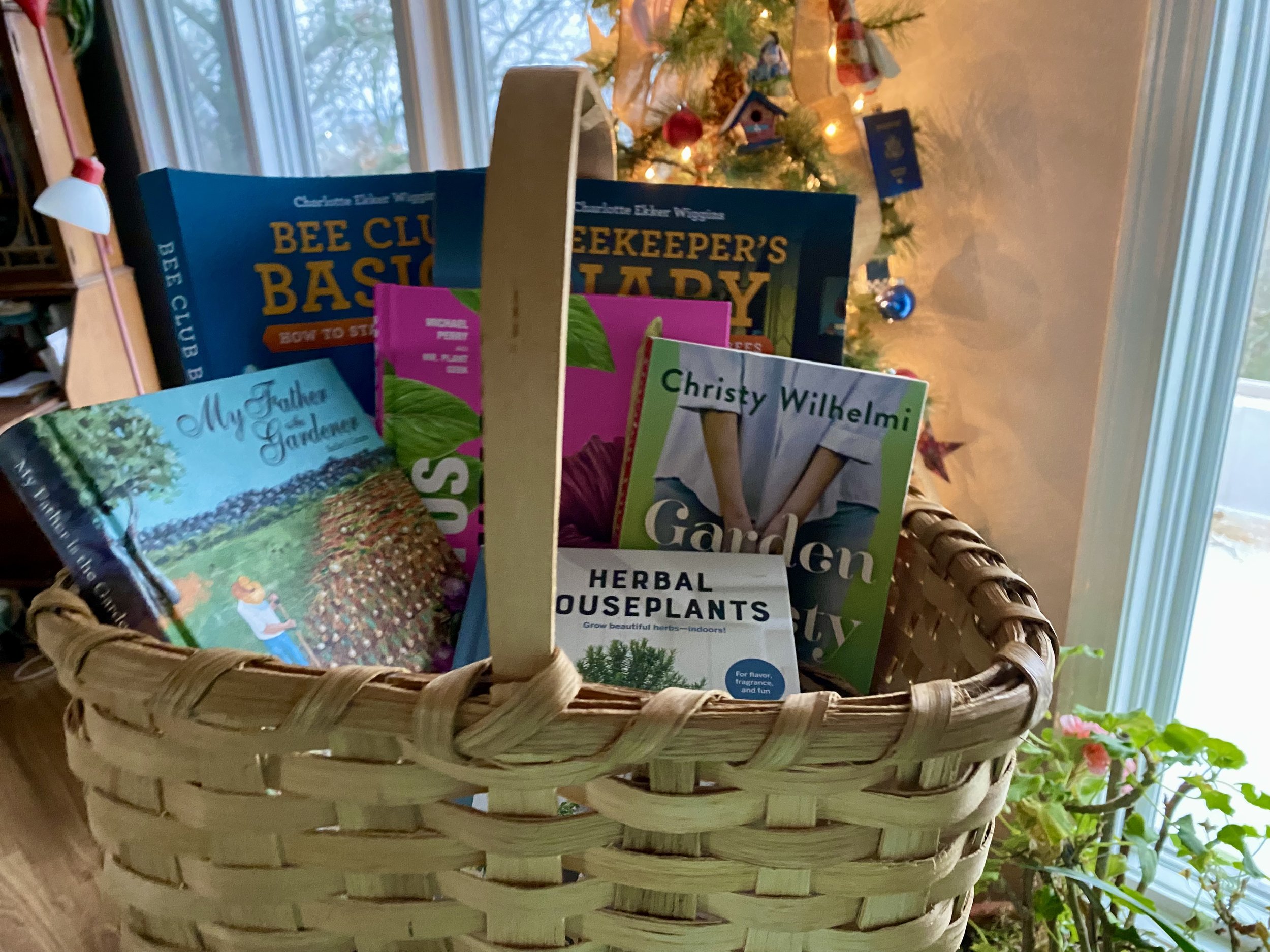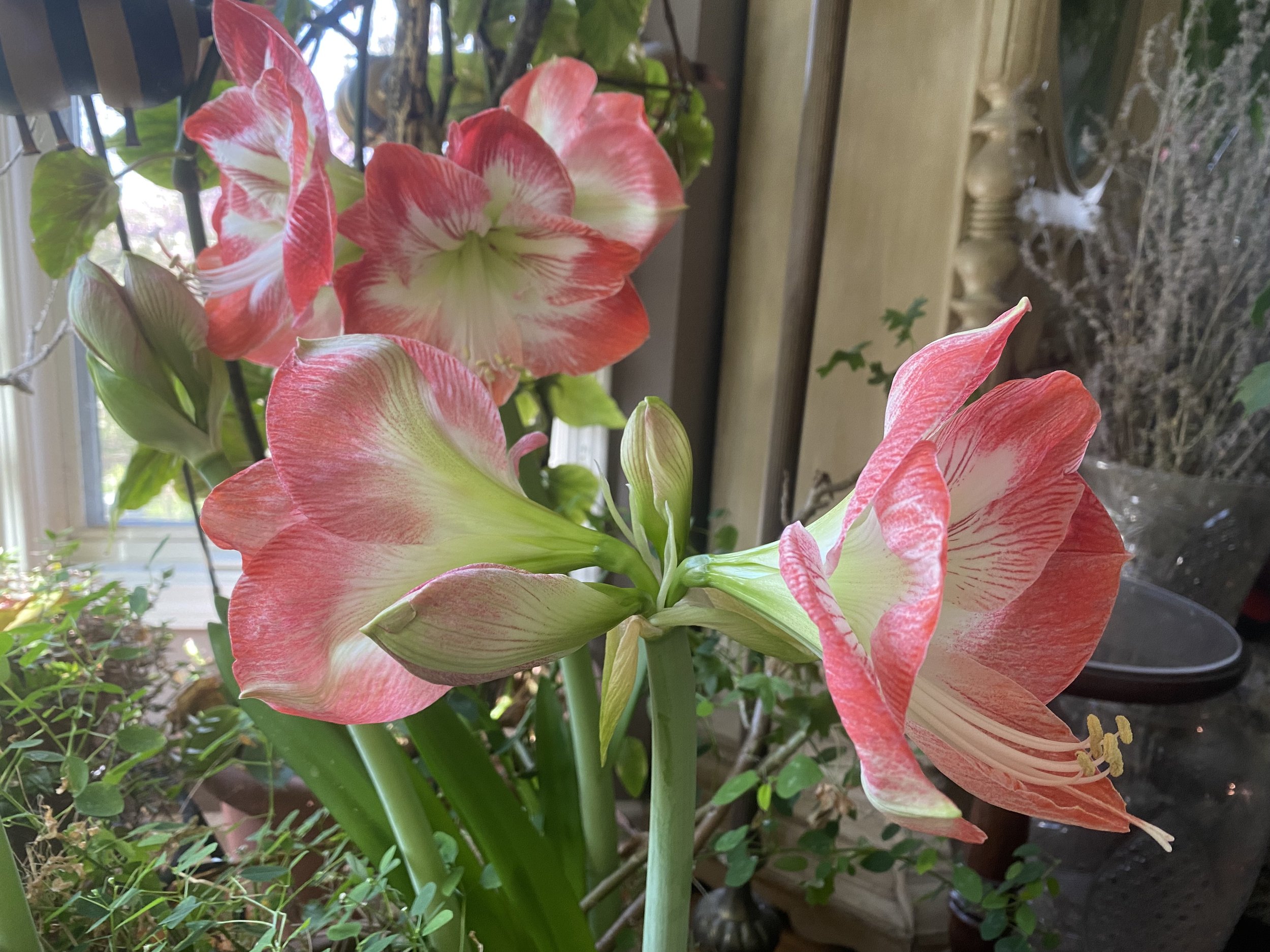February Gardening Chores
/Use downed trees as flower borders; as they break down, they will improve soil. (Photo by
Charlotte Ekker Wiggins)
February Gardening Chores
We’re in the throes of another warm spell, temperatures nudging 60F and encouraging my fruit trees, and bees, to be out in the garden early. Almost two months early. Some of our big box stores are also setting up for spring fever early, two of them already have seed offerings and seed starting kits for sale.
I live in USDA Hardiness Zone 5b-6A, inching more towards 6A based on this winter.. The following are my February gardening chores:
Locate downed tree trunks and use them to border flower beds. As the tree trunks decompose, they will improve the soil.
Pressure is on so if you haven’t made a dent in your reading pile, get a start, spring is only two months away. With our rapidly changing and more erratic climate patterns, the forecast is for an earlier spring.
If you haven’t ordered your favorite gardening catalogs, get them ordered. Look for catalogs with detailed plant descriptions and good photographs so you can use them for reference. Missouri Wildflowers Catalog has lovely pictures, even old catalogs are still good references. www.mowildflowers.net. For heirloom seeds, try Baker Creek Heirloom Seeds at www.rareseeds.com, both are Missouri nurseries.
Review last year’s garden diary entries. If you’ve missed a few entries, add them now. Underline items you wanted to get done this year. I make a list, then decide which projects I want to tackle. I also carry over the ones I didn’t get to last year, or drop them off the master list. This is a good time to dream.
Focus on adding native plants. Once established, they will be low care and tend to require less water than other plants and they will feed the native pollinators. They are connected. Check out George O. White State Forest Nursery, they may still have some seedlings left. Order even if they say sold out, you may still get the seedlings if the previous person didn’t pay for their order.
Read. I keep a pile of gardening books from our local library’s semi-annual book sale just for snowy, cold winter days.
On warm days, remember to water mums planted this past year. New mums need a gallon a month to keep their roots moist their first year. Once established, mums will become perennials and deter bugs from around where they are planted.
Pile mulch and leaves on garden beds if they’ve been blown off by winter winds.
Check inside plants for any hitchhiking bugs and remove. Make sure they are getting their sunlight needs met. If not, move them. Water with diluted fertilizer. Prune as necessary.
Drop your garden pruners and other garden tools off to get sharpened, this is a slow time of year and this will give you a head start on the season.
When feeding birds, add a little sand in the bird feeder mix. Birds need sand to help them digest seeds. Also ensure they have an available water source. Feed suet on cold days.
If you have fish in an outside pond, make sure it has a hole in the ice so fish will get oxygen.
Signs of spring around the corner, daffodil bulbs popping up! (Photo by Charlotte Ekker Wiggins)
There are signs of spring in my garden, daffodil bulbs are popping up. Only 50 days until spring!
Charlotte








